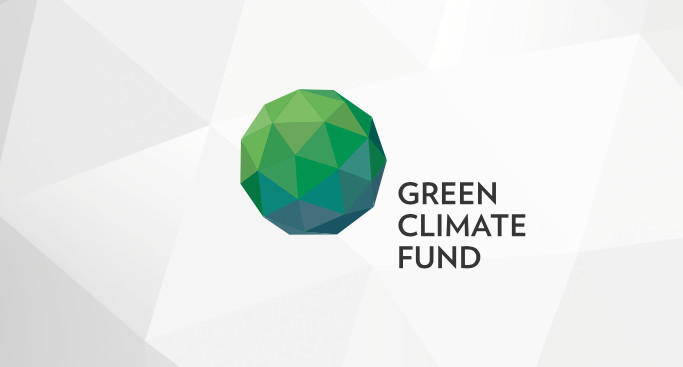The main UN multilateral climate funds – the Green Climate Fund (GCF), Global Environment Facility (GEF) and Fund for Responding to Loss and Damage (FRLD) – could be set for a funding boost from the COP29 finance talks.
The latest text on the New Collective Quantified Finance Goal (NCQG), which is due to be agreed in Baku, says that governments decide to channel at least 20 percent of the public finance “provision element” of the goal through the main UN climate funds, described in technical jargon as the “operating entities of the financial mechanism of the Convention”.
That means the GCF, GEF and FRLD would all receive an eventual boost of funds. The text is outside of square brackets suggesting it has not so far been opposed.
The proposal stems from the Least Developed Countries (LDCs) and is supported by small island developing states (SIDS) and the AILAC coalition of progressive Latin American countries.
Currently, less than 5 percent of climate finance passes through these operating entities – with the vast majority of the rest either government-to-government, through aid agencies like USAID, or via multilateral development banks (MDBs) like the World Bank. So, 20 percent would be a much bigger slice of the pie.
Developing countries get more say over how climate finance is spent when it comes through the GCF because they have half of the board members. Voting power for MDBs depends on the stake each government has in the bank, which means bigger, richer nations have more influence.
Bilateral climate finance is shaped by the donor government and its priorities for what it wants to spend its money on and where.
The GCF also distributes more of its money in grants than MDBs and its loans are at better rates, which avoids adding too much to developing countries’ debt burdens. But some developing countries have been critical of both the GCF and the GEF for their long list of requirements to access funds – something the GCF has set out to address.














